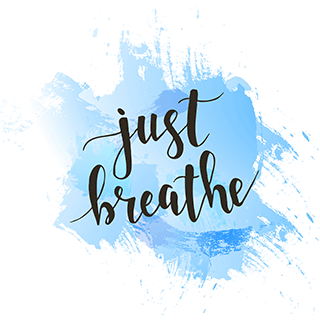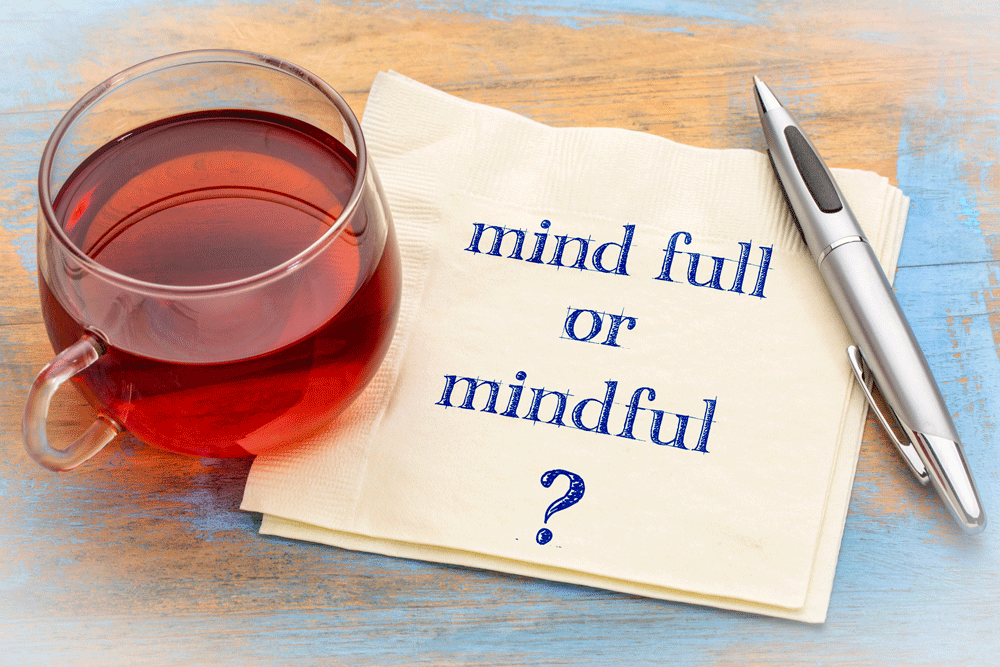July 11, 2023
What is mindfulness? Mindfulness is a practice and state of mind that involves paying attention to the present moment with non-judgmental awareness. It is the quality of being fully engaged in the present without getting caught up in thoughts about the past or worries about the future. Mindfulness involves intentionally directing attention to the sensations, thoughts, and emotions that arise in the present moment. Mindfulness is rooted in ancient Buddhist traditions but has gained significant popularity in contemporary psychology and well-being. It is often cultivated through meditation techniques, although it can also be incorporated into daily activities and interactions. The key aspects of mindfulness include: Present moment awareness : Mindfulness involves intentionally bringing attention to the present moment, observing and accepting whatever arises, without getting carried away by thoughts or judgments. Non-judgmental attitude : Mindfulness encourages an attitude of non-judgment and acceptance towards one's experiences. It involves observing thoughts, emotions, and sensations without labelling them as good or bad, right or wrong. Openness and curiosity : Mindfulness encourages a sense of curiosity and openness to the present moment, allowing for a fresh and non-reactive perspective. The benefits of practising mindfulness include: Stress reduction: Mindfulness can help reduce stress by making individuals more aware of their thoughts and emotions, helping them respond to stressors more calmly and effectively. Improved mental well-being: Regular mindfulness practice has been linked to reduced symptoms of anxiety , depression and improved overall mental well-being. Increased self-awareness: Mindfulness cultivates self-awareness, allowing individuals to better understand their thoughts, emotions, and behaviour patterns, leading to personal growth and development. Enhanced focus and concentration: Mindfulness exercises can improve attention and concentration by training the mind to stay present and focused on the task. Improved relationships: Mindfulness can enhance interpersonal relationships by promoting active listening, empathy, and compassionate understanding. Tips for being mindful Mindfulness is a skill that can be developed through consistent practice, and there are various techniques and resources available, such as guided meditations, deep breathing techniques , mindfulness-based stress reduction (MBSR) programs, and mindfulness apps, to support individuals in incorporating mindfulness into their lives. Mindfulness is growing in popularity Mindfulness has become popular for several reasons, with a growing body of scientific research supporting its benefits and an increasing interest in holistic well-being. Here are some key factors contributing to its popularity: Stress and well-being: Modern lifestyles often involve high stress, anxiety, and mental health challenges. Mindfulness offers a practical approach to managing stress, promoting relaxation, and improving overall well-being. As people seek effective coping strategies, mindfulness has emerged as a valuable tool. Scientific research: Over the past few decades, numerous studies have explored the effects of mindfulness on mental and physical health. Research has shown its potential to reduce stress, anxiety, depression, and chronic pain and improve cognitive functions, resilience, and emotional regulation. The growing body of evidence has contributed to the credibility and popularity of mindfulness. Mindfulness-Based Interventions (MBIs): Mindfulness-based interventions, such as Mindfulness-Based Stress Reduction (MBSR) and Mindfulness-Based Cognitive Therapy (MBCT), have been developed and widely implemented in clinical and therapeutic settings. These structured programs provide individuals with training in mindfulness techniques and have demonstrated effectiveness in various populations, further fueling interest and adoption. Mainstream integration: Mindfulness has made its way into mainstream culture, becoming more accessible and accepted. It has been incorporated into healthcare, schools, workplaces, and community settings. Many organizations now offer mindfulness programs, meditation apps, and online resources, making it easier for individuals to learn and practice. Celebrity endorsements and media coverage: Prominent individuals, including celebrities, athletes, and business leaders, have publicly endorsed mindfulness and shared their personal experiences. Media coverage and positive testimonials have increased public awareness and interest in mindfulness practices. Mindfulness in education: Mindfulness programs have gained traction in educational settings, with teachers and schools recognizing the potential benefits for students' attention, emotional regulation, and overall well-being. Integrating mindfulness into curricula has helped introduce it to a younger generation and further popularize its practice. Internet and technology: The digital age has made mindfulness resources accessible to a wider audience. Numerous mindfulness apps, online courses, and guided meditations are available, allowing individuals to practice mindfulness conveniently from their devices. Personal growth and self-care movement: The contemporary emphasis on personal development, self-care, and holistic well-being has aligned well with the principles and benefits of mindfulness. As people prioritize self-care and seek ways to enhance their overall quality of life, mindfulness has become a go-to practice for many. Overall, the combination of scientific research, integration into various settings, increased accessibility, positive testimonials, and cultural shifts towards holistic well-being has contributed to the rising popularity of mindfulness in recent years.




